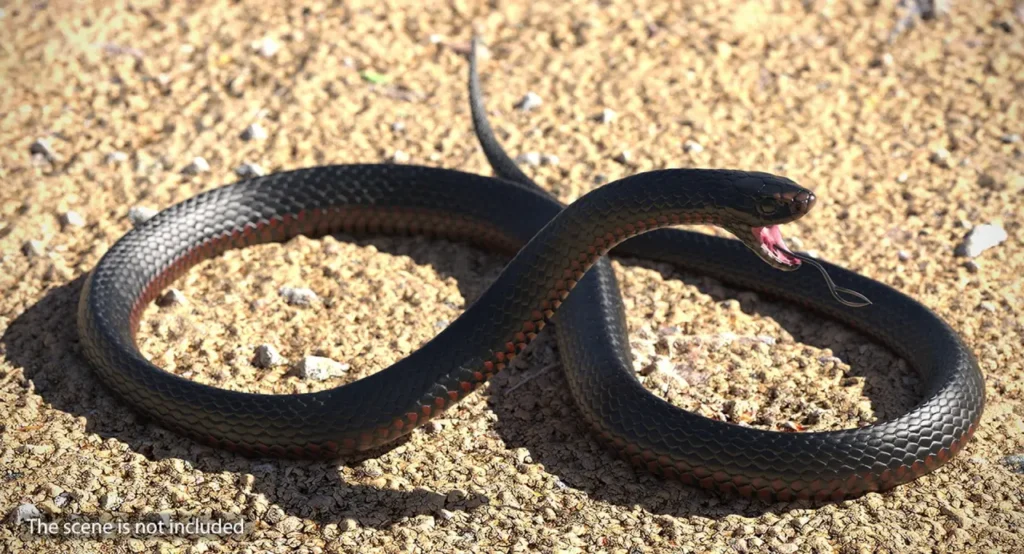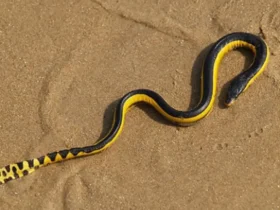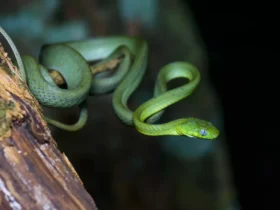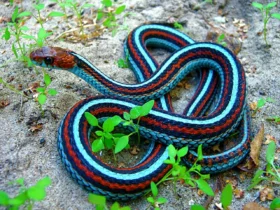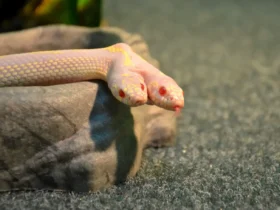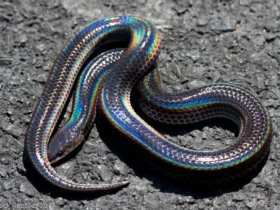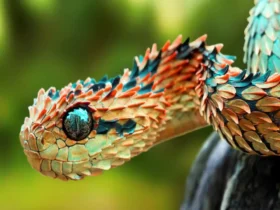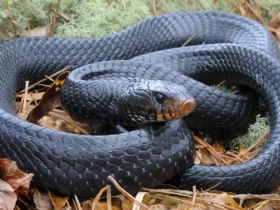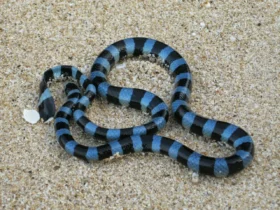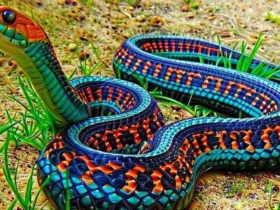The world is home to a myriad of reptilian species, each with its unique characteristics and adaptations. Among these remarkable creatures is the Lesser Black Whipsnake (Coluber nummifer), a species that captivates with its slender body, striking appearance, and exceptional agility. Found in various regions across Europe, this sleek serpent is an intriguing subject for study and admiration.
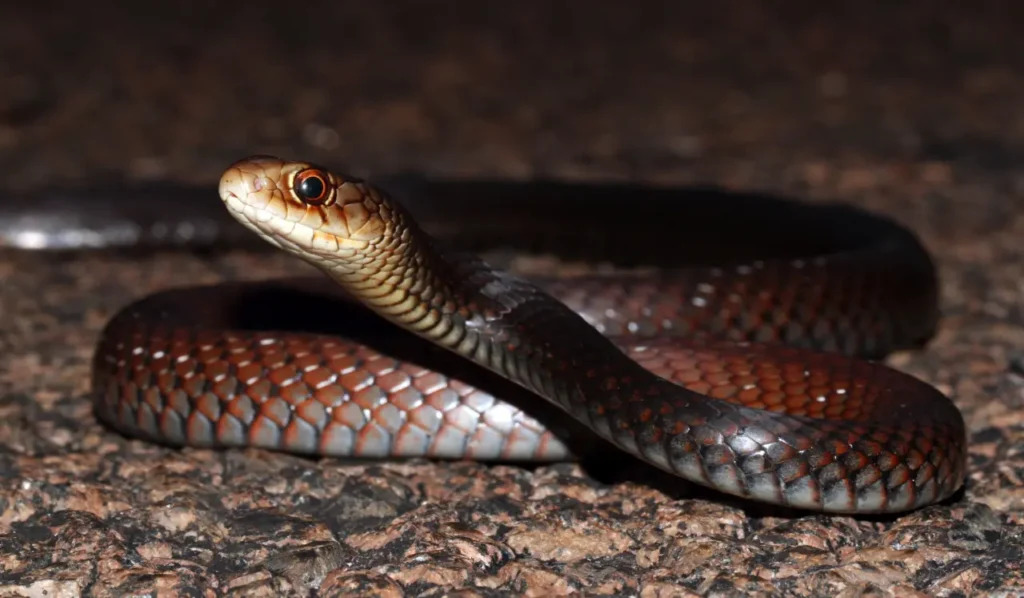
Physical Description
The Lesser Black Whipsnake boasts an elongated body, typically measuring between 100 to 150 centimeters in length. Its slender frame and graceful movements make it an expert climber and swift hunter. As its name suggests, this species is predominantly black, often with a glossy appearance that glistens under sunlight. Occasionally, specimens may exhibit slight variations in color, with some individuals displaying gray or dark brown hues along their dorsal surface. Its underbelly is generally light gray or cream-colored, providing an aesthetically pleasing contrast.
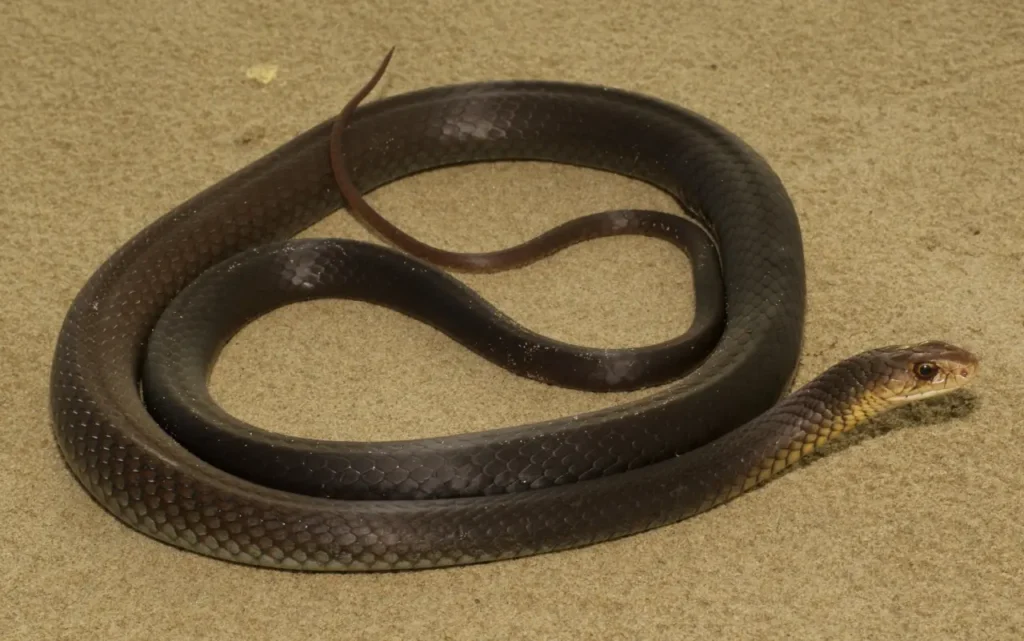
Habitat and Range
This fascinating serpent is widely distributed across Europe, with its range encompassing various countries, including Portugal, Spain, France, Italy, Switzerland, and parts of the Balkan Peninsula. Within these regions, the Lesser Black Whipsnake occupies a diverse array of habitats, ranging from Mediterranean forests and shrublands to rocky areas, dry grasslands, and even urban environments. Its adaptability allows it to thrive in both natural and human-altered landscapes.
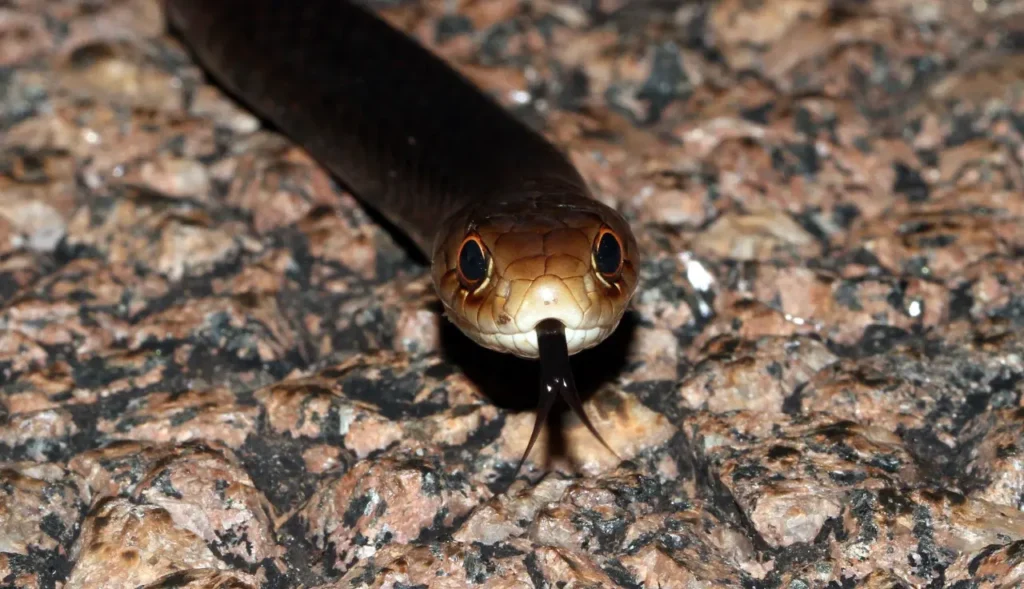
Behavior and Diet
The Lesser Black Whipsnake is an active diurnal species, preferring to hunt and explore during daylight hours. Its agility and excellent climbing skills enable it to navigate a range of terrain types with ease. This serpent is known for its remarkable speed and quick reflexes, which aid in capturing its preferred prey, primarily consisting of small mammals, birds, lizards, and occasionally, insects. The Whipsnake’s ability to swallow prey larger than its head, owing to its flexible jaws, is an impressive feat of adaptation.
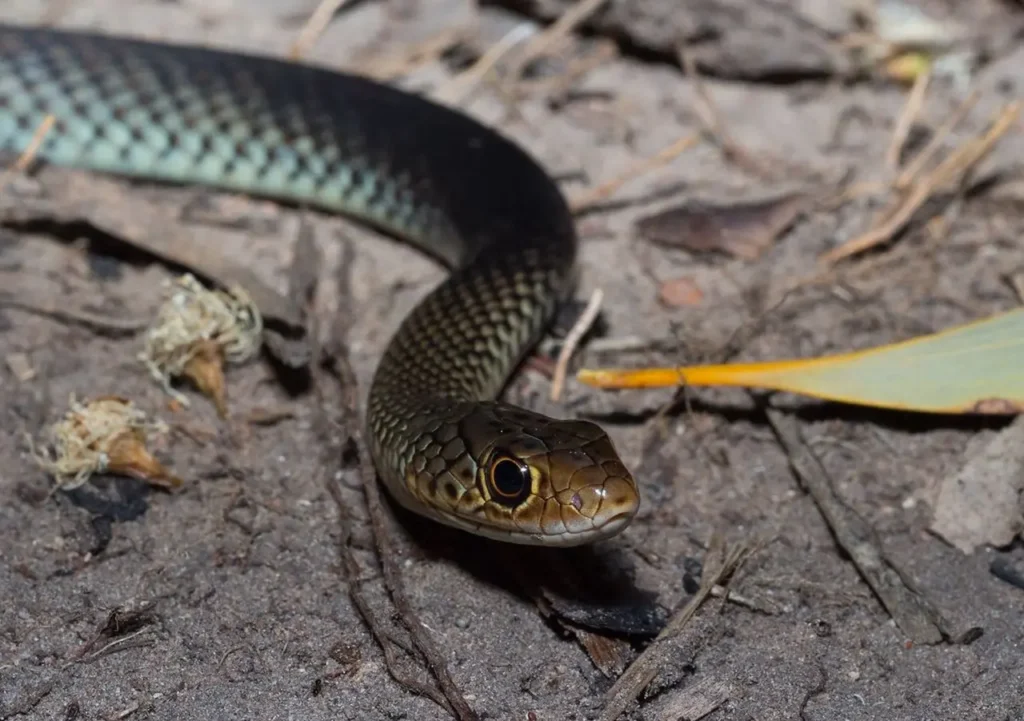
Reproduction and Life Cycle
During the breeding season, which typically occurs in spring or early summer, male Lesser Black Whipsnakes engage in combat to compete for the attention of females. After successful courtship, females lay their elongated, leathery eggs in concealed locations such as leaf litter or beneath rocks. The incubation period can range from 40 to 70 days, depending on environmental conditions. Once hatched, the young snakes emerge as replicas of their adult counterparts, ready to embark on their own independent journeys.
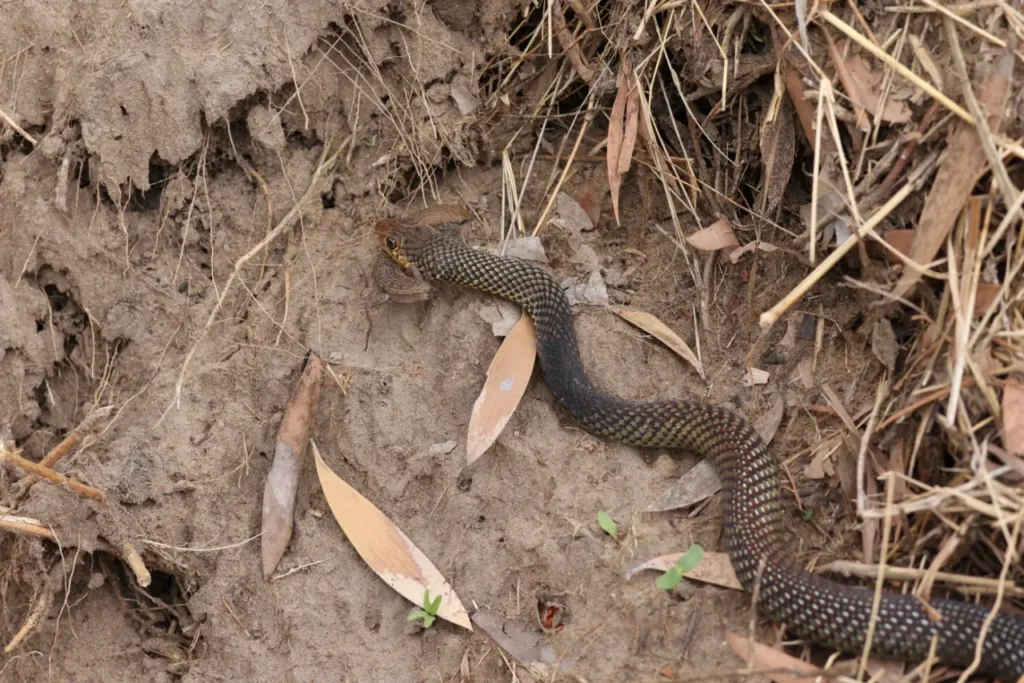
Interactions with Humans
While encounters between the Lesser Black Whipsnake and humans are relatively rare, these serpents are generally non-aggressive and prefer to avoid confrontation. They play a crucial role in maintaining balanced ecosystems by controlling populations of small vertebrates, including rodents, which can become pests when their numbers are unchecked. Appreciating these snakes from a safe distance and allowing them to thrive in their natural habitats is crucial for the preservation of this species and the ecological balance it supports.
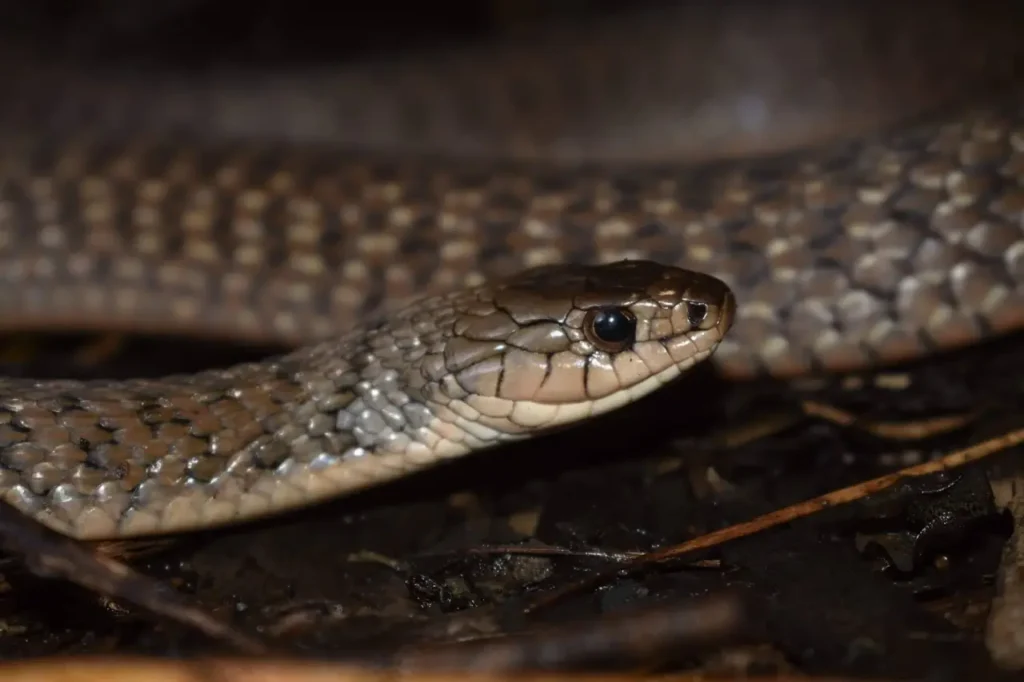
Final Thought
The Lesser Black Whipsnake, with its sleek physique, mesmerizing movements, and adaptability, serves as a testament to the wonders of nature. Thriving across Europe in diverse habitats, it gracefully navigates its surroundings while playing a vital role in maintaining ecological equilibrium. Understanding and appreciating the Lesser Black Whipsnake contributes not only to our knowledge of the natural world but also reinforces the importance of preserving these remarkable reptiles and the environments they call home.
